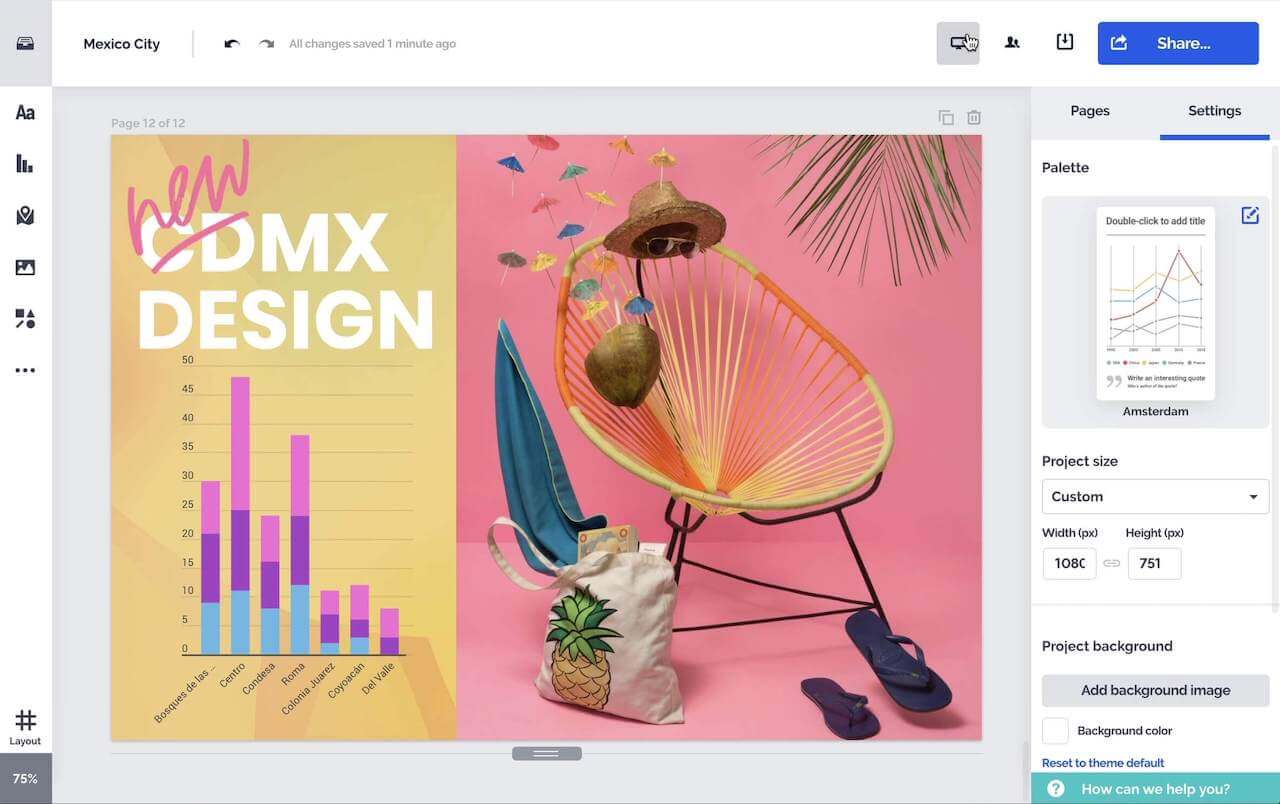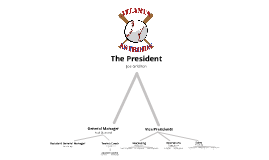Designing Organizational Chart Template
Transcript: Recap of Key Points Recap the essential elements discussed, including design considerations, software choices, customization options, and best practices for effective organizational chart creation. Benefits of Using Organizational Chart Templates Understanding the Impact of Organizational Charts Crafting an Effective Organizational Chart Template Utilizing chart templates streamlines the process of creating visually appealing and structured organizational charts, enhancing communication, decision-making, and organizational transparency. Design an organizational chart for your company that is well-structured, visually appealing, and aligned with your brand identity. Understanding the Role of Organizational Charts Future Trends in Organizational Chart Design Enhancing Clarity with Color Schemes Crafting an Effective Organizational Chart Template Organizational charts play a crucial role in visualizing the hierarchical structure and relationships within a company, fostering clarity and efficiency in communication and decision-making. Carefully selected color schemes in the organizational chart template can aid in distinguishing departments, roles, and levels, improving visual hierarchy for better comprehension. Importance of Organizational Charts Emerging trends in organizational chart design include interactive features, integration with HR systems, real-time updates, and customization options tailored to different departments and organizational needs. Designing an organizational chart template requires careful consideration of layout, style, branding, and color schemes to convey information clearly and professionally. Organizational charts are crucial tools for visualizing hierarchical structures within a company and understanding reporting relationships. Organizational charts provide a clear overview of the organization's structure, roles, and responsibilities, aiding in communication and decision-making processes. Optimizing Layout and Structure Branding with Company Logo The layout and structure of an organizational chart template should prioritize hierarchy and easy navigation, ensuring clarity in displaying reporting relationships and roles. Incorporating the company logo in the organizational chart template reinforces brand identity and fosters a sense of belonging among employees. Creating Engaging Style and Format Purpose of Organizational Chart Templates Choosing a consistent style and format for the organizational chart template enhances visual appeal and helps maintain a cohesive design across the document. Organizational chart templates serve as standardized formats for creating consistent and professional-looking charts, saving time and ensuring uniformity across the organization. Integrating with HR Systems Using Charts for Training and Onboarding Organizational charts are valuable tools for training and onboarding new employees, providing a clear overview of the company's structure and roles. Integrating organizational charts with HR systems streamlines processes, facilitates access to up-to-date organizational information, and enhances collaboration across departments. 1 Embedding Charts in Presentations Implementing Organizational Charts Embedding organizational charts in presentations enhances visual communication and simplifies complex hierarchical structures for better understanding. Organizational charts can be embedded in presentations to visually communicate company structures efficiently. Advantages of Using Specialized Tools Selecting the Best Tool for Organizational Chart Design 2 Specialized tools for organizational chart design provide advanced features such as drag-and-drop functionality, templates for quick customization, real-time collaboration, and seamless integration with HR systems for efficient workflow management. Popular Organizational Chart Software Choosing the right software or tool is crucial for creating effective organizational chart templates that enhance communication and clarity within the company structure. Designing Organizational Chart Template Leading software options for creating organizational charts include tools like Lucidchart, OrgChart Now, Visio, and Pingboard, each offering unique features for designing and implementing organizational structures. Considerations for Selection 3 6 When choosing a software or tool, consider factors like user-friendliness, customization options, integration capabilities, and scalability to meet the company's needs effectively. Creating a Professional and Clear Visualization of Company Structure Real-time Editing and Collaboration Enhancing Collaboration with Organizational Charts Real-time editing allows multiple users to collaborate simultaneously on the same organizational chart, ensuring accuracy and efficiency. Permissions and Access Control Efficient collaboration is key in modern work environments. Real-time editing and collaboration features streamline communication and decision-making processes. Control access

















